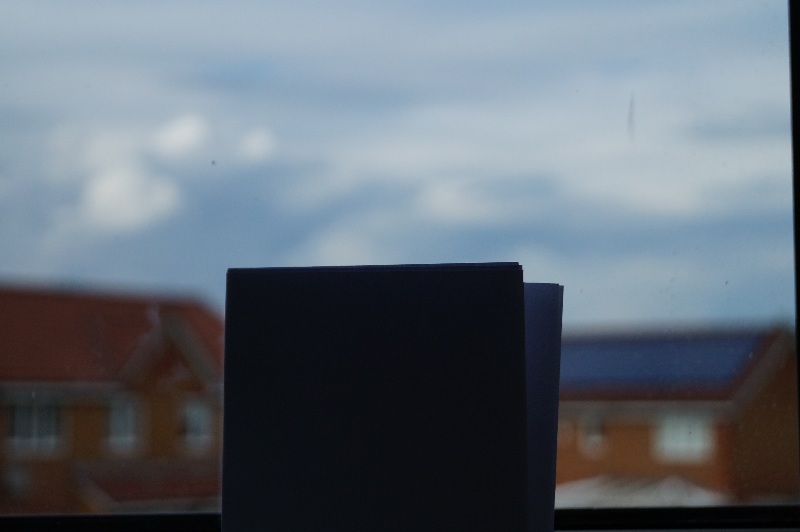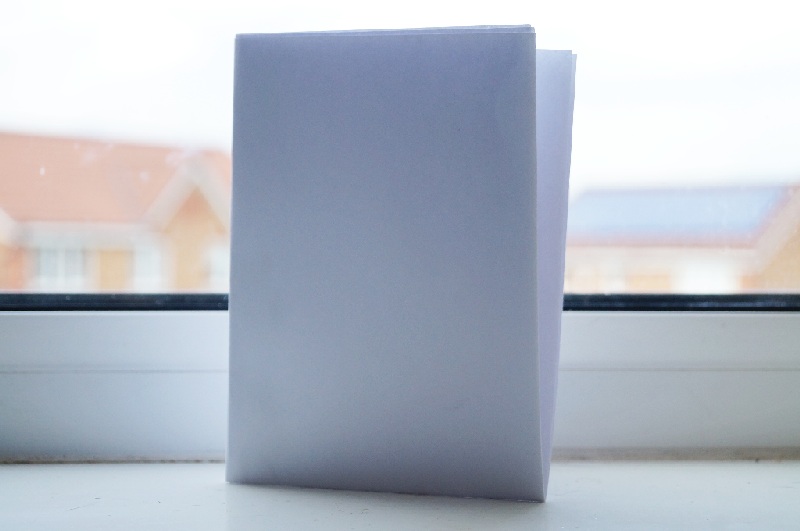It looks like you're using an Ad Blocker.
Please white-list or disable AboveTopSecret.com in your ad-blocking tool.
Thank you.
Some features of ATS will be disabled while you continue to use an ad-blocker.
share:
originally posted by: BotheLumberJack
a reply to: RowanBean
Must you post your food, this is a Satellite thread.
Can't I turn it into a Spaceballs thread?
originally posted by: Phage
a reply to: Xcathdra
Can you define "relatively close?"
How the hell are the craters on the moon relatively close in depth
But have you considered that a really large impact will cause the crust to liquify?
Even if the planet/body is not geologically active it will still liquefy? I am not real versed in this area so its a serious question. To answer your question it just seems, from photos, that there are massive craters and small craters but they appear to have shallow depth. I would think some of the craters we can see should be a lot deeper given the size of the impact.
a reply to: Xcathdra
E=1/2MV^2. Yes.

fisherka.csolutionshosting.net...
Even if the planet/body is not geologically active it will still liquefy?
E=1/2MV^2. Yes.
That's an oft repeated objection but 2 dimensional views can be deceptive.
To answer your question it just seems, from photos, that there are massive craters and small craters but they appear to have shallow depth.

fisherka.csolutionshosting.net...
originally posted by: ZombieZygote
originally posted by: Phage
a reply to: ZombieZygote
Oh my.
Now what?
Now what? You never explained the absurd size of North America in that "satellite" picture, compared to the other, much smaller pictures of North America. But..... Science...... Right?
Hey dunder head go and read up on photography and the effects of FOCAL length and how objects appear.


So do you think the church lifted itself off its' foundations and moved closer to the statue.
Or How about this


When white can look black due to exposure, if you don't know how something works ask then you won't look as stupid
This is for the people on here that don't understand exposure the link below is a timelapse of around 260,000 pictures called Purley Pacific Nortwest.
The exposures are are the 30 second mark for the night shots at about 3:27 you will see the Milky Way and the Moon in the same sky look at how the
Moon looks because the exposure is set to show the stars.
Watch on the biggest screen possible and enjoy
vimeo.com...
Watch on the biggest screen possible and enjoy
vimeo.com...
originally posted by: leopayaso1987
I wonder when when will we have a NON INTERRUPTED live 24h stream of the Earth from the Moon. Still don’t understand why it hasn’t been done yet,I mean...
Will this do for you
Himawari-8 is a Japanese weather satellite. It’s in geostationary orbit over about 141° (near New Guinea), and has been operational since 2015-07-07. It’s noteworthy in many ways, but what’s cool here is that it produces full-disk, true-color images every 10 minutes.
HIMAWARI8
And of course let's not forget NASA''s discover probe
epic.gsfc.nasa.gov...
But obviously boo, NASA, bad guys etc etc
epic.gsfc.nasa.gov...
But obviously boo, NASA, bad guys etc etc
...and while we're on the subject, here's that probe's view of Earth on the same day as China's picture.


a reply to: OneBigMonkeyToo
I watched that video and you know whats hilarious?
The japanese purposely cut out the part that shows the american flag and landing site. lol
I watched that video and you know whats hilarious?
The japanese purposely cut out the part that shows the american flag and landing site. lol
originally posted by: scraedtosleep
The japanese purposely cut out the part that shows the american flag and landing site. lol
Eh. America is old and busted. Japan is the new hotness.
a reply to: Blue Shift
Until all that radiation catches up with them and cancer becomes the number one way to die. 8(
#fukushima
Until all that radiation catches up with them and cancer becomes the number one way to die. 8(
#fukushima
originally posted by: scraedtosleep
Until all that radiation catches up with them and cancer becomes the number one way to die. 8(
Oh, our delicious American cigarettes are already taking care of that.
originally posted by: Xcathdra
originally posted by: Phage
a reply to: Xcathdra
Can you define "relatively close?"
How the hell are the craters on the moon relatively close in depth
But have you considered that a really large impact will cause the crust to liquify?
Even if the planet/body is not geologically active it will still liquefy? I am not real versed in this area so its a serious question. To answer your question it just seems, from photos, that there are massive craters and small craters but they appear to have shallow depth. I would think some of the craters we can see should be a lot deeper given the size of the impact.
Mon impacts release so much energy (on the order of many magnitudes of an H-bomb) that the rock indeed liquifies. A lot of ejecta falls back into the crater, which is what forms a relatively shallow crater floor with a central peak in the middle. Portions of crater walls also collapse into the crater. Over time, erosion makes the crater shallowe and less-defined.
Here's an animation showing the general process:
www.youtube.com...
Consider, for example, Aristarchus crater. It's fairly fresh, and thus quite deep despite not being gigantic in diameter: lroc.sese.asu.edu...
new topics
-
Putin will warn civilians in targeted areas
World War Three: 10 minutes ago -
The Popular Vote does not matter
US Political Madness: 1 hours ago -
Gaetz withdraws from attorney general consideration
US Political Madness: 4 hours ago -
Bridgewater Triangle
General Chit Chat: 4 hours ago -
Is Russia Using a New Type of Beam Weapon Against Ukraine?
Weaponry: 6 hours ago -
Here is why Western leaders in NATO have zero fear of nuclear warfare. At all. Zero.
World War Three: 7 hours ago -
International Criminal Court Issues Arrest Warrant For Netanyahu
Breaking Alternative News: 8 hours ago -
racist rant, but she made the arguement to get rid of DEI
US Political Madness: 9 hours ago -
Well we know Putins ICBMs won't fail in their silos
World War Three: 9 hours ago
top topics
-
Well we know Putins ICBMs won't fail in their silos
World War Three: 9 hours ago, 12 flags -
racist rant, but she made the arguement to get rid of DEI
US Political Madness: 9 hours ago, 9 flags -
International Criminal Court Issues Arrest Warrant For Netanyahu
Breaking Alternative News: 8 hours ago, 8 flags -
Is Russia Using a New Type of Beam Weapon Against Ukraine?
Weaponry: 6 hours ago, 8 flags -
Gaetz withdraws from attorney general consideration
US Political Madness: 4 hours ago, 7 flags -
Bridgewater Triangle
General Chit Chat: 4 hours ago, 5 flags -
Here is why Western leaders in NATO have zero fear of nuclear warfare. At all. Zero.
World War Three: 7 hours ago, 4 flags -
Why isn't Psychiatry involved?
Social Issues and Civil Unrest: 16 hours ago, 4 flags -
The Popular Vote does not matter
US Political Madness: 1 hours ago, 3 flags -
Help in song interpretation
Music: 17 hours ago, 3 flags
active topics
-
Putin will warn civilians in targeted areas
World War Three • 0 • : annonentity -
Gaetz withdraws from attorney general consideration
US Political Madness • 14 • : CriticalStinker -
The Popular Vote does not matter
US Political Madness • 6 • : AdultMaleHumanUK -
Well we know Putins ICBMs won't fail in their silos
World War Three • 115 • : KrustyKrab -
Gaetz ethics investigation results "hacked".
US Political Madness • 37 • : Owlwatcher -
International Criminal Court Issues Arrest Warrant For Netanyahu
Breaking Alternative News • 35 • : JJproductions -
Help in song interpretation
Music • 10 • : tarantulabite1 -
Russia Ukraine Update Thread - part 3
World War Three • 6861 • : Oldcarpy2 -
Is Russia Using a New Type of Beam Weapon Against Ukraine?
Weaponry • 13 • : YouSir -
Mood Music Part VI
Music • 3711 • : SLAYER69
